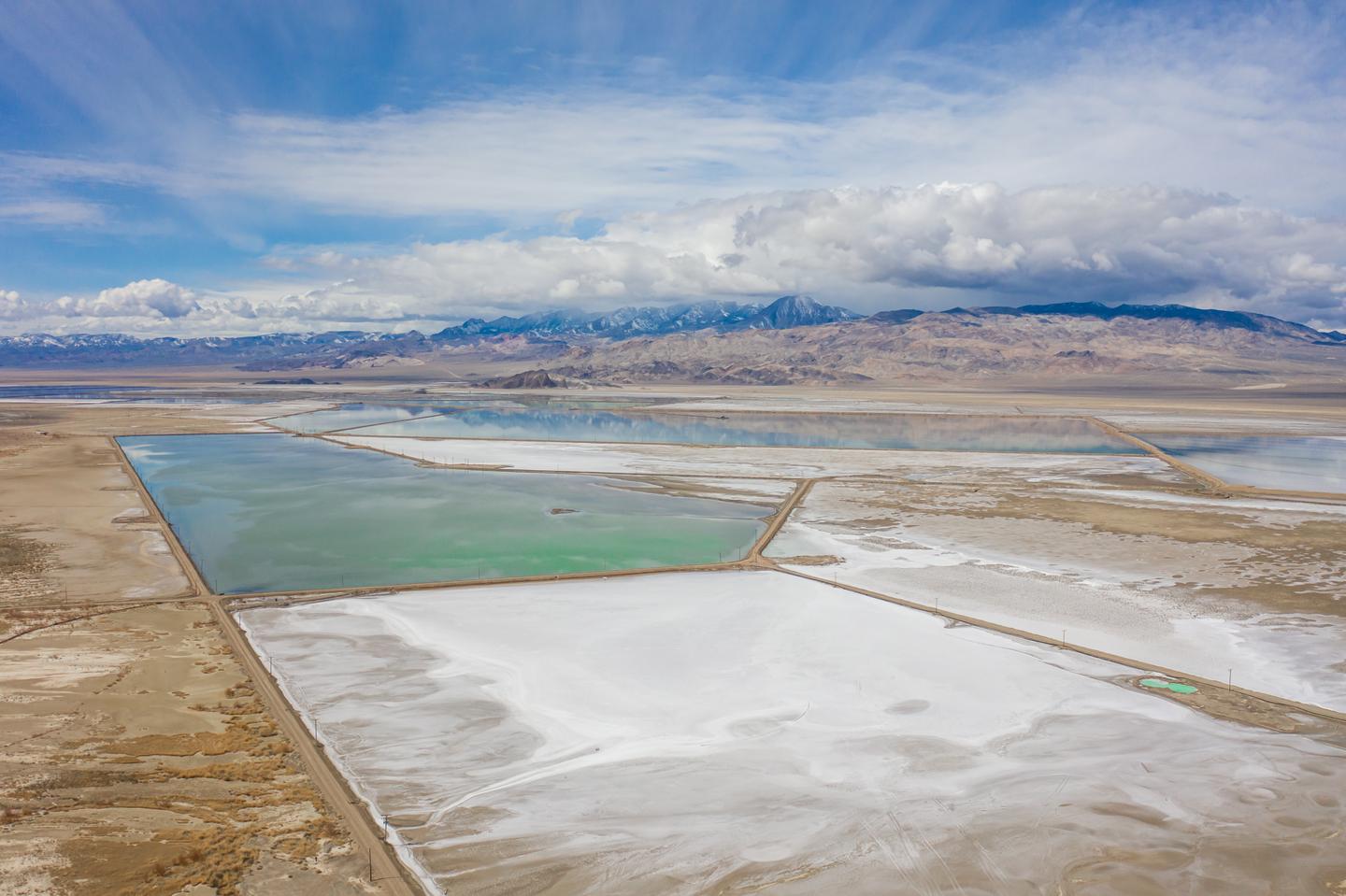While consumers of crabs know just what the core of a crustacean has to offer, scientists are increasingly looking at the animal’s exoskeleton for novel medicine and biotechnology.
Much of the interest has centered on chitosan, a derivative of the polysaccharide polymer chitin that’s abundant in the shells of crustaceans, as well as insect exoskeletons and fungal cell walls. But scientists have now discovered that upcycling shell waste into hard carbon may be able to form a key part of the electricity circuit for sodium-based rechargeable batteries, a sustainable alternative to current lithium technology.
Researchers found that producing hard carbon from the shell has the potential to work as an anode for sodium-ion batteries. By heating the shells to temperatures exceeding 1,000° F (538 °C), they turned the shell into carbon and added it to a solution of either tin sulfide (SnS2) or iron sulfide (FeS2). This formed a viable sodium-ion anode, or positive electrode, of the battery.
Sodium-ion batteries (SIBs) are an emerging technology and sustainable alternative to lithium-ion batteries (LIBs). Though chemically similar to lithium, sodium ions are larger and require a different anode than those usually made of graphite. This is where the team of Yun Chen, Yue Zhao, Hongbin Liu and Tingli Ma found a compatible alternative in crabs.
The crab’s carbon provided a porous, fibrous and large-surface-area anode that enhanced conductivity and the ability to transport sodium ions. And the team found that in its model battery, both the tin and iron composites had decent recharging capacities of at least 200 cycles. While it’s not in lithium-battery territory, it’s a positive step towards more sustainable battery tech.
Last year, The World Economic Forum shed light on many issues surrounding the ongoing viability of mining lithium, predicting potential shortages of the finite resource as early as 2025. The issue is compounded by its environmental impact, with the high water cost that lithium extraction demands, with much of the world’s largest sources of the mineral – Australia, South America – also in drought-prone regions. With its use in EV battery technology fueling the huge demand, the race is on to develop new sustainable alternatives.

This study comes six months after scientists found that a gel electrolyte derived from chitosan could help power zinc batteries, proving much more sustainable and with no corrosive and flammable chemicals like those in the current lithium battery ion-transporting electrolyte solutions.
Earlier, chitin and chitosan have played key roles in self-healing paint, biotech transistors, plastic substitutes, flu virus filters and antiviral drugs. On the flipside, scientists are also working hard to find alternatives to the problematic sourcing of Limulus amebocyte lysate (LAL) from horseshoe crab blood, which has for more than 40 years been an integral part of the development of safe vaccines and other injectables.
The crab carbon can be solely created from byproducts, which the team sees as having minimal impact on animal populations, in addition to the wider environmental benefits of moving away from lithium. As the cost of lithium raw materials rise, it’s also a more economic alternative.
“This research provides an efficient route to utilize low-cost waste raw materials to construct high-specific energy sodium-ion batteries,” noted the authors.
The study was published in the journal ACS Omega.
Source: American Chemical Society
Source of Article